“You must take the ‘A’ train
To go to Sugar Hill way up in Harlem” – Take the “A” Train (Strayhorn) © EMI Music Publishing
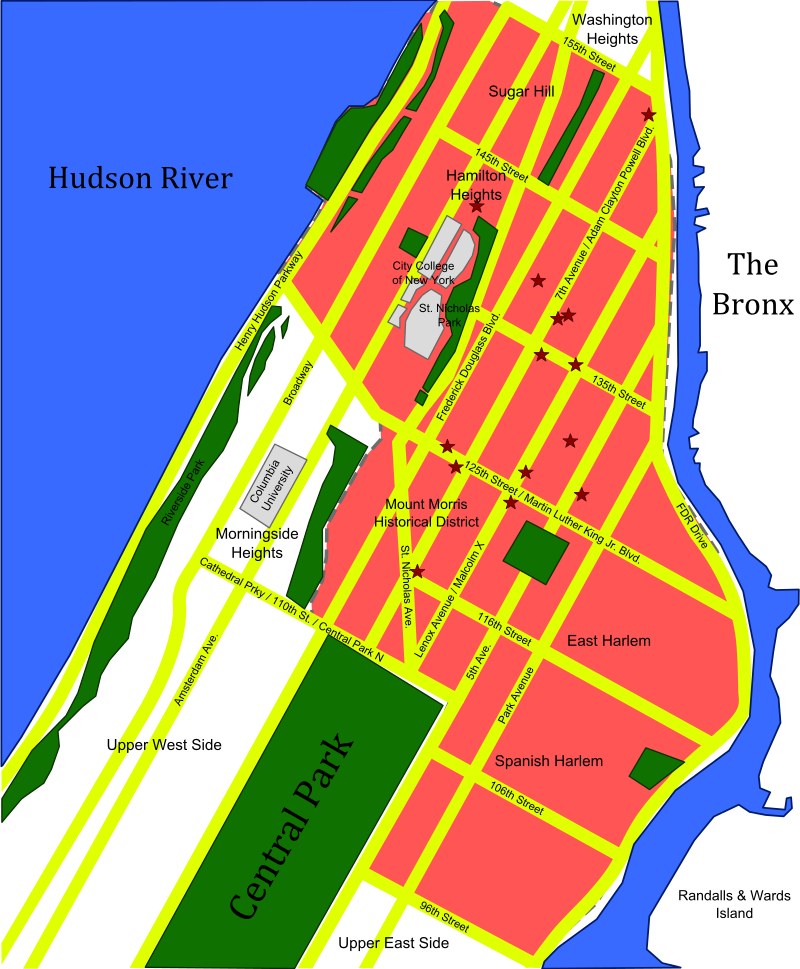
Formally organized as a village in 1658 by Dutch immigrants, Harlem is now a neighborhood that occupies the northern section of the New York City borough of Manhattan. Named for the city of Haarlem in the Netherlands, its history has been defined by a number of socio-economic cycles that have each brought a significant shift in population.
During the American Revolution, the British burned Harlem to the ground. It was slowly rebuilt through the late eighteenth & early nineteenth centuries but experienced a boom shortly following the Civil War, as middle & upper-middle-class families sought to escape the increasing congestion found in lower Manhattan neighborhoods.
In the late nineteenth century, the middle-class Anglo families continued migrating northward as greater numbers of Italian and Jewish immigrants moved into Harlem; while the area’s economic growth was spurred by the New York and Harlem Railroad, the Interborough Rapid Transit and elevated railway lines, which connected Harlem to lower and midtown Manhattan.
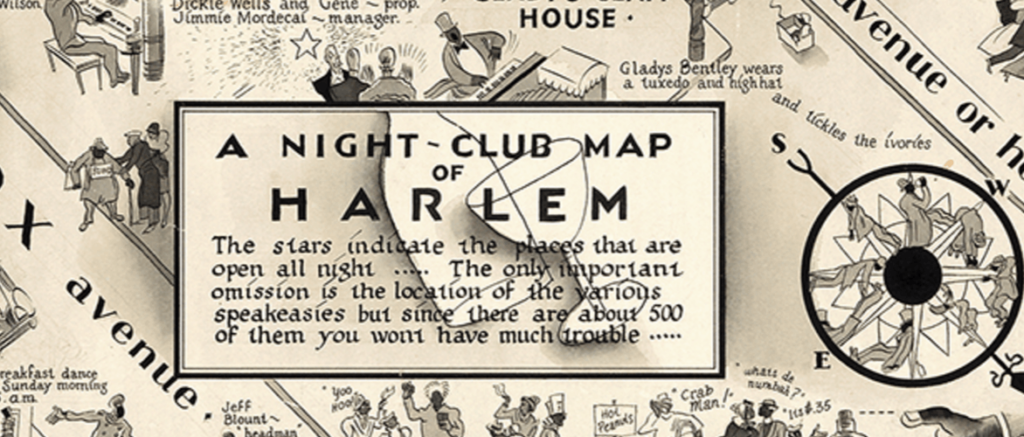
The industrialization of the early twentieth century drew people in ever-growing numbers away from rural areas and into cities, lured by the promise of steady work and a better quality of life. Prior to the Civil War, the majority of African-Americans had been enslaved and lived in the south, but as traditional farm work there became increasingly more mechanized, blacks moved north in ever greater numbers to secure jobs and to escape the racism & segregation prevalent in southern states.
World War I brought even greater opportunities for black laborers, as the draft pulled young men into the war in Europe, leaving many industries thinly staffed. Harlem became a destination for migrants from around the country, attracting both people from the South in search of jobs, and an educated class who made the area a center of culture, in turn creating a “Negro” middle class. In 1910, Harlem was about 10% black; by 1930, it had reached 70%.

During the “Harlem Renaissance” of the 1920s, one area of the neighborhood – its highest point – became a particularly desirable place of residence for wealthy African Americans. Known as Sugar Hill for being reflective of the “sweet life”, the immaculate row houses there were occupied by the likes of W. E. B. Du Bois, Thurgood Marshall, Adam Clayton Powell Jr., Cab Calloway and perhaps the greatest icon of 20th-century American music: Duke Ellington.
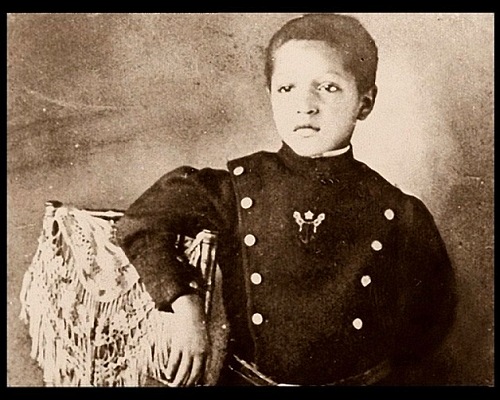
Edward Kennedy Ellington was born on April 29, 1899, to James Edward Ellington and Daisy (Kennedy) Ellington in Washington, D.C. Both parents were pianists, with Daisy (the daughter of a former American slave) primarily playing parlor songs and James preferring operatic arias. Edward began piano lessons at the age of seven, and Daisy always strove to surround her son with dignified people to help reinforce his manners, and teach him to live elegantly. His childhood friends, conscious of his refined mien, easy grace, and dapper style of dress, which lent him the bearing of a young nobleman, began referring to him as “Duke”.
In the summer of 1914 Ellington took a job working as a soda jerk at the Poodle Dog Café. It was there that he composed his first tune, “Soda Fountain Rag”. Not yet having learned to read & write music, he created the tune by ear, and would play it as a one-step, two-step, waltz, tango and fox trot. Ellington recalled, “Listeners never knew it was the same piece. I was established as having my own repertoire”. Later in his teens he would begin assembling groups to play for dances, and in 1919 he met drummer Sonny Greer, who encouraged Ellington’s ambition to be a professional musician.

When Sonny Greer was offered a prestigious gig in New York City, Ellington chose to leave Washington, D. C. and followed Greer north. Settling in Harlem, Ellington was soon playing all the major clubs, including the Exclusive Club, the Hollywood Club, the Kentucky Club, and in 1927, after King Oliver turned down an extended booking at the Cotton Club, Ellington was recommended for the spot. With trumpeter Bubber Miley in his band, it was during this period that Ellington & his group would begin experimenting with different sounds – including Miley’s “growling” trumpet – that led contemporaries to refer to their music as “Jungle Style”. A month after accepting the Cotton club engagement Ellington and Orchestra, now eleven pieces, recorded several tunes, one of which, “Creole Love Call”, became a worldwide hit.
Not only had Duke Ellington proved to be an integral figure in the black “Harlem Renaissance” of the 1920s, but after embarking on several European tours with his orchestra during the 1930s, he had become a world-class musical artist, as well. Later in the decade, though, competition was heating up as swing bands began receiving popular attention. While Ellington’s band could certainly swing, it had become known more for its compositional styling. Not one to shrink from a challenge, Ellington remarked, “Jazz is music, swing is business”.
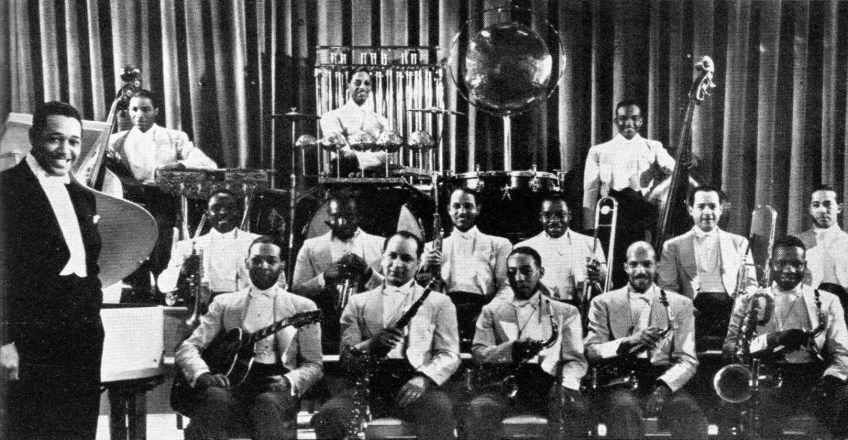
Billy Strayhorn, initially hired as a lyricist in 1939, soon became an indispensable member of the Ellington organization. A classically trained musician, Strayhorn was soon contributing original lyrics & music, as well as arranging & polishing Ellington’s compositions. Ellington would speak glowingly of his collaborative working relationship with Strayhorn, saying, “my right arm, my left arm, all the eyes in the back of my head, my brain waves in his head, and his in mine”. After an ASCAP ruling in 1940 made it prohibitive for Ellington to play his old tunes for radio broadcast, he turned to Billy Strayhorn, and his son Mercer Ellington, both associated with licensing organization BMI, to write a whole new book for the band.

One of the many compositions Strayhorn contributed to the new Ellington Orchestra repertoire was “Take the ‘A’ Train”. It was Mercer who discovered a discarded draft of the tune in a wastebasket, where Strayhorn had tossed it, believing it sounded too much like a Fletcher Henderson arrangement. Before long “Take the ‘A’ Train” would become the band’s theme song, replacing “East St. Louis Toodle-oo”. Originally the song had no lyrics, but a young woman from Detroit named Joya Sherrill wrote out words while she listened to the song on the radio. When her words were brought to the attention of Ellington, he adopted her lyrics for the song and offered her a job as vocalist in his band.

“Hurry, get on, now it`s coming
Listen to those rails a-thrumming” – Take the “A” Train (Strayhorn)

The title of the song refers to the “A” subway line that connects Brooklyn to Harlem. When Billy Strayhorn was offered a job by Duke Ellington in 1939, Ellington sent him travel expenses, plus directions to reach his home by subway once he arrived in Manhattan from his home in Philadelphia. The directions began: “Take the ‘A’ Train”. The most well-known version of the song was recorded by the Ellington Orchestra in 1941, with Ray Nance’s trumpet solo becoming so identifiable, that it is often copied note for note when performed by other artists. In 1999, National Public Radio included “Take the ‘A’ Train” in the NPR 100, in which NPR’s music editors sought to compile the one hundred most important American musical works of the 20th century. The song has been recorded and performed by numerous artists.

Duke Ellington died in 1974, shortly after his 75th birthday, from lung cancer & pneumonia. His list of awards & honors is extensive, including 14 Grammy Awards (24 nominations), Pulitzer Prize, Presidential Medal of Freedom (highest US civilian award), Legion of Honor (highest French civilian award), Honorary Ph.D. from Berklee College of Music, as well as numerous others. In 1986 he was honored with a US Postage stamp bearing his likeness, and in 2009 a US quarter was issued honoring Mr. Ellington, making him the first African American to appear by himself on a circulating US coin.
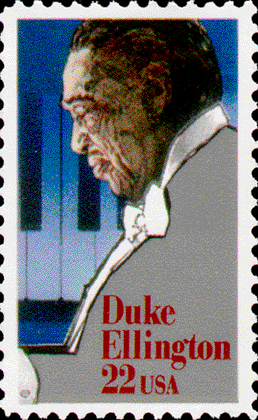
In 1989, historian and author, Gunther Schuller wrote:
Ellington composed incessantly to the very last days of his life. Music was indeed his mistress; it was his total life and his commitment to it was incomparable and unalterable. In jazz, he was a giant among giants. And in twentieth-century music, he may yet one day be recognized as one of the half-dozen greatest masters of our time.
“If you miss the ‘A’ train
You`ll find you missed the quickest way to Harlem” – Take the “A” Train (Strayhorn) © EMI Music Publishing
Sources:
https://en.wikipedia.org/wiki/Harlem
https://en.wikipedia.org/wiki/Take_the_%22A%22_Train
https://en.wikipedia.org/wiki/Billy_Strayhorn
https://en.wikipedia.org/wiki/Duke_Ellington
https://en.wikipedia.org/wiki/Sugar_Hill,_Manhattan
https://www.elegran.com/blog/2013/07/in-the-heart-of-harlems-renaissance-sugar-hill
All photos were sourced through internet searches, none belong to the author.

Wow that was unusual. I just wrote an very long comment
but after I clicked submit my comment didn’t show up. Grrrr…
well I’m not writing all that over again. Regardless, just wanted to say great
blog!